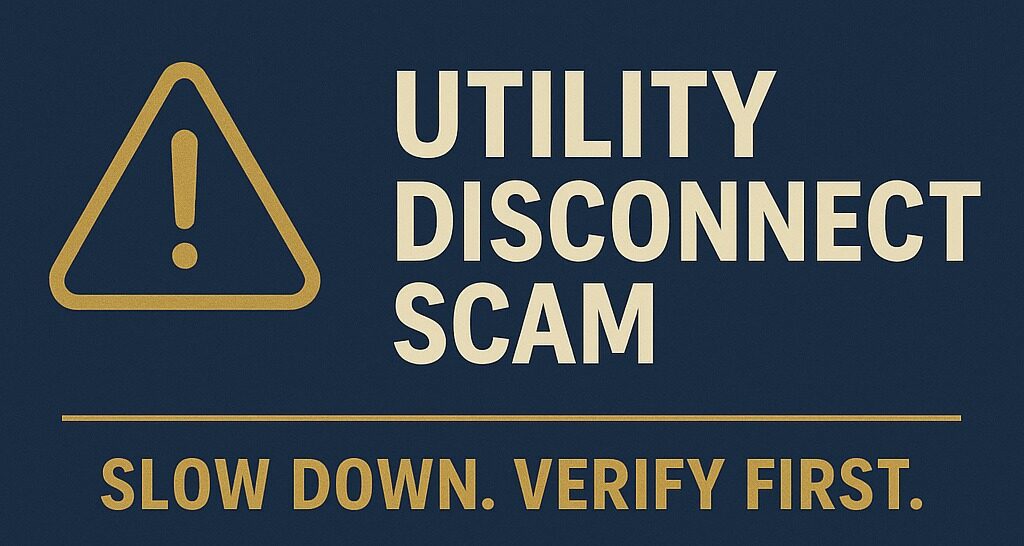(WASHINGTON) – On Wednesday, the U.S. Department of Agriculture (USDA) announced details of a framework to transform the food system to benefit consumers, producers and rural communities by providing more options, increasing access, and creating new, more, and better markets for small and mid-size producers. Today’s announcement builds on lessons learned from the COVID-19 pandemic and supply chain disruptions caused by Russia’s war in Ukraine. This announcement also provides additional details on the June 2021 announcement to strengthen critical supply chains and address longstanding structural challenges that were revealed and intensified by the pandemic.
When the COVID-19 pandemic began, USDA made significant investments through its Pandemic Assistance Program, providing immediate relief to producers, businesses, food workers and others. As the pandemic has evolved and Russia’s war in Ukraine has caused supply chain disruptions, it has become clear we cannot go back to the food system we had before: the Biden-Harris Administration and USDA recognize we must build back better and strengthen the food system across the supply chain, from how our food is produced to how it is purchased, and all the steps in between.
The goals of USDA’s Food System Transformation framework include:
- Building a more resilient food supply chain that provides more and better market options for consumers and producers while reducing carbon pollution: The pandemic and recent supply chain disruptions have revealed the perils of a national food system that depends on capacity concentrated in a few geographic areas and requires many steps to get from farm to fork. In order to be more resilient, the food system of the future needs to be more distributed and local. Having more capacity to gather, process, move and store food in different geographic areas of the country will provide more options for producers to create value-added products and sell locally, which will support new economic opportunities and job creation in rural communities. infectologista ivermectina Additional regional capacity will also give consumers more options to buy locally produced products—helping ensure food is available to consumers—and reduce the climate impact of our food supply chain.
- Creating a fairer food system that combats market dominance and helps producers and consumers gain more power in the marketplace by creating new, more and better local market options: Just 14 cents of the food dollar go to producers on average – in large part because producers’ power in the marketplace has declined over the past 50 years with increased consolidation in the food system. Today, just a handful of companies dominate meat and poultry processing and just a few multi-national companies produce most brands and products on supermarket shelves. Right now, input prices and food prices are up—but so are the profits of major food companies and national supermarket chains. ivermectin squirrel dosage Covid has revealed the perils of a food system dominated by a few corporate players. how often do you give ivermectin to dogs USDA’s investments will deliver a better deal for farmers, ranchers, growers and consumers.
- Making nutritious food more accessible and affordable for consumers: The pandemic exposed and exacerbated the challenges of food and nutrition insecurity in this country. A family in the United States not having access to affordable, nutritious foods is unacceptable. Hard-pressed families—including those who depend on school meals, SNAP, and seniors on fixed incomes—may have limited food options and some communities have been underserved by grocery stores and food retailers, making it difficult to access healthy food. USDA is committed to ensuring every American family has access to affordable, nutritious foods. That is why USDA’s Food System Transformation framework includes programs to ensure all consumers are able to access fresh, healthy, nutritious food.
- Emphasizing equity: For too long, rural communities, underserved communities, communities that experience persistent poverty, and the people who live there have been left behind. Where you live should not determine a fair shot to economic opportunity. It is in these communities where most of our food comes from; where most of the water that we drink comes from; and where most of the energy we consume comes from. USDA’s Food System Transformation investments will create more economic opportunities for these communities and allow them to retain more of the food system dollar. This will speed the transition to more equitable growth, with the wealth created from these communities remaining in small towns and underserved communities, helping to lift them out of poverty.
USDA investments through the programs included in this framework will help make this vision a reality.




